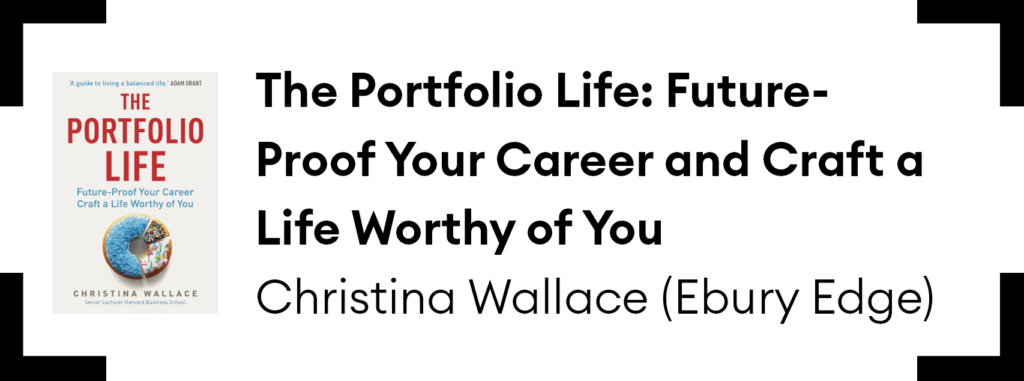It’s time to rethink how we construct our careers and manage our lives.
Variety, we are told, is the spice of life. Yet how much of modern working life lends itself to that? The dominant model for ‘getting on’ is still based on the ideal of fairly linear progression within an organization, or organizations, over time. But that model is breaking down. In its place Christina Wallace proposes a “portfolio life”, in which we combine diverse interests and talents.
Her analysis starts with the shortcomings of late-stage capitalism. If the Great Resignation meant anything, it was an attempt by millions to find a better place for work in their lives. But mere job-hopping may not be enough to find the better experiences we crave. Instead, she says, we need to change how we approach our work.
The watchwords here are identity, optionality, diversification and flexibility, and Wallace draws extensively on her own career, which has combined her love of the arts, technology and business. She outlines how to home in on the essential elements of your portfolio life, before exploring her model for a personal balanced scorecard, inspired by Clay Christensen’s call to apply business techniques to personal challenges.
The book has relatively little to say about how organizations might adapt to employees who seek a portfolio life, but that is perhaps a topic for another day. Wallace does emphasize, however, her ardent belief that contrasting experiences enhance employees’ abilities. Eyecatching examples – like the NASA research scientist who switched to write a book on advanced origami, or the quantum physicist who is also a professional ballerina – underline the point.
Some may wonder if a portfolio life is truly for all; not everyone is fortunate enough to have skills that could sustain diversified income streams. Yet surely many more of us could think more ambitiously about the role work plays in a life well-lived. If you’re asking questions about your next career move, this book could help.





